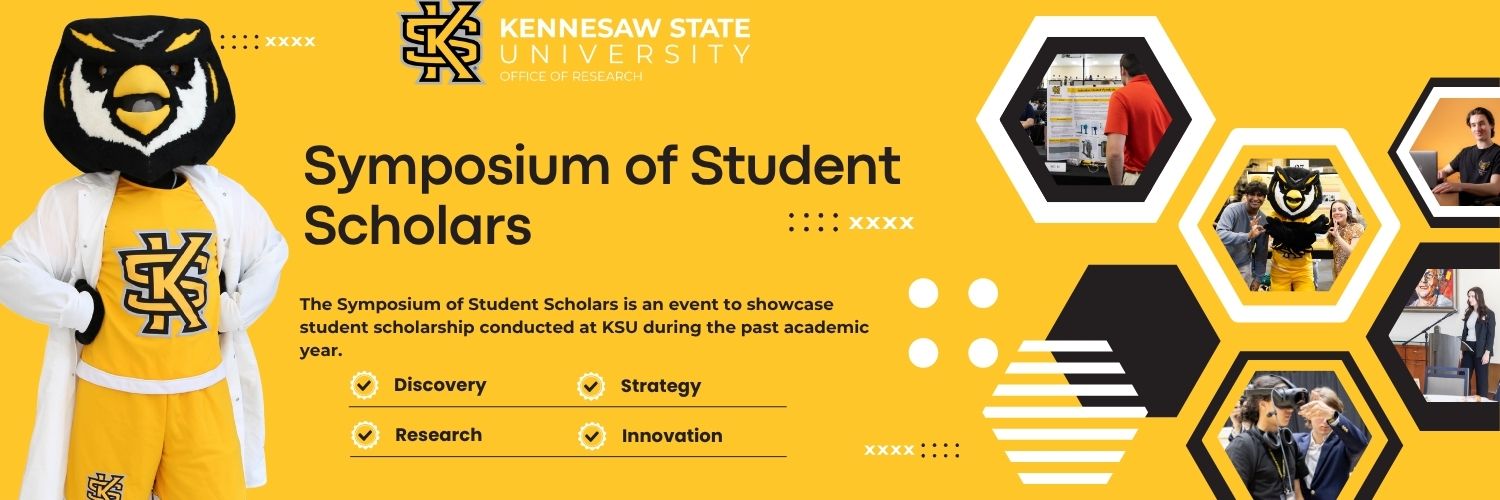Sharing Medical Experiences Through Their Stories with Autoimmune Disease: EOE
Disciplines
Diseases | Immune System Diseases | Medical Sciences | Social and Behavioral Sciences
Abstract (300 words maximum)
Eosinophilic Esophagitis (EOE) is a rare autoimmune disease described as “an inflammation of the esophagus (the tube connecting the mouth to the stomach), caused by a specific white blood cell – the eosinophil.” This disease impacts a variety of gender and age groups. Given the rarity of this disease, many of those affected may feel isolated—the availability of a “peer group” as found on social media serves as an important source of knowledge, community, and hope. The purpose of this study is to examine the medical discourse and narratives of people with EOE as shared on YouTube. This qualitative research examines a sample of YouTube videos with systematic sampling. The final sample of videos includes varied gender and age groups. Using grounded methods, these narratives were coded to analyze thematic commonalities. Several key themes that emerge from the data include: a sense of “community,” emotions during “diagnosis period,” post “diagnosis period” and transitions, interactions with medical staff and environments, treatment options, emotional labor, and issues of social and familial support. These results suggest that regardless of age and gender, there appear to be many common themes and experiences shared by those affected by EOE.
Academic department under which the project should be listed
RCHSS - Sociology & Criminal Justice
Primary Investigator (PI) Name
Daniel Farr
Sharing Medical Experiences Through Their Stories with Autoimmune Disease: EOE
Eosinophilic Esophagitis (EOE) is a rare autoimmune disease described as “an inflammation of the esophagus (the tube connecting the mouth to the stomach), caused by a specific white blood cell – the eosinophil.” This disease impacts a variety of gender and age groups. Given the rarity of this disease, many of those affected may feel isolated—the availability of a “peer group” as found on social media serves as an important source of knowledge, community, and hope. The purpose of this study is to examine the medical discourse and narratives of people with EOE as shared on YouTube. This qualitative research examines a sample of YouTube videos with systematic sampling. The final sample of videos includes varied gender and age groups. Using grounded methods, these narratives were coded to analyze thematic commonalities. Several key themes that emerge from the data include: a sense of “community,” emotions during “diagnosis period,” post “diagnosis period” and transitions, interactions with medical staff and environments, treatment options, emotional labor, and issues of social and familial support. These results suggest that regardless of age and gender, there appear to be many common themes and experiences shared by those affected by EOE.
